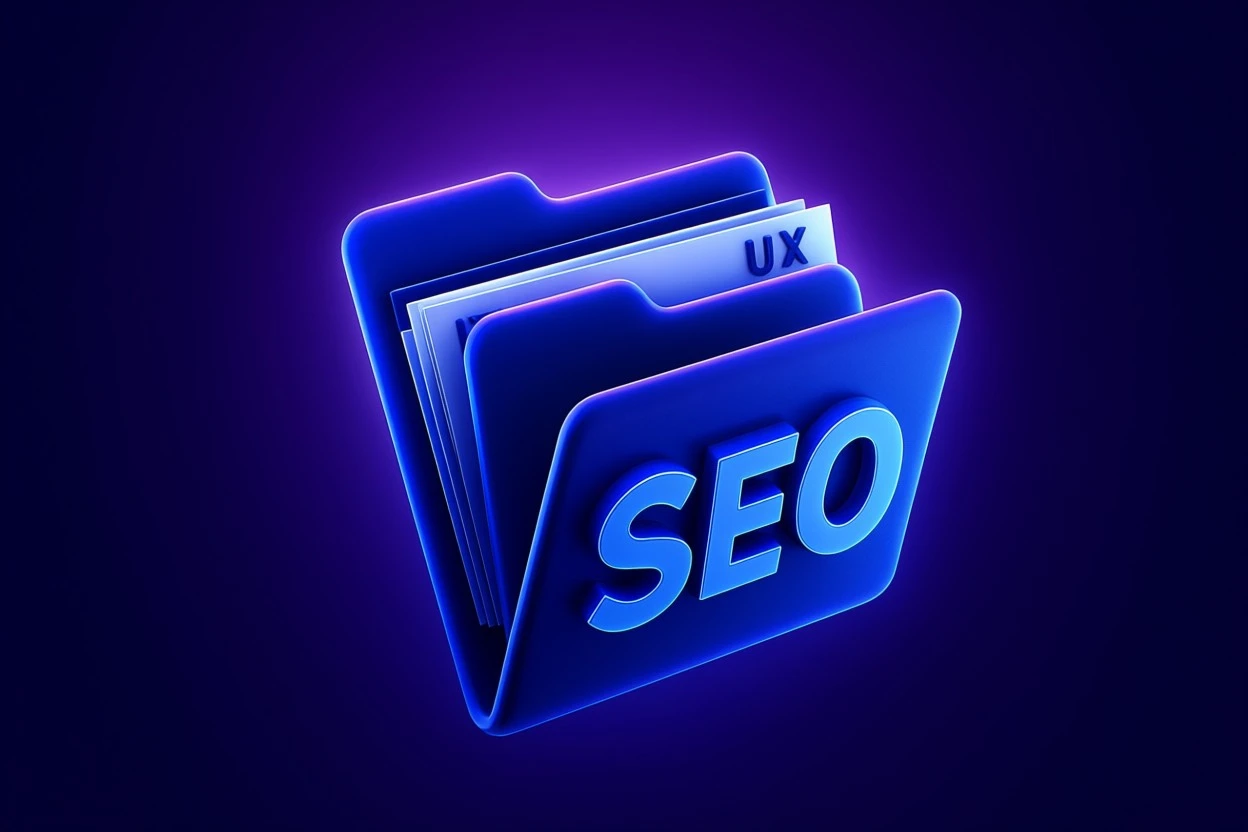How Much Does It Cost to Build a SaaS Website?
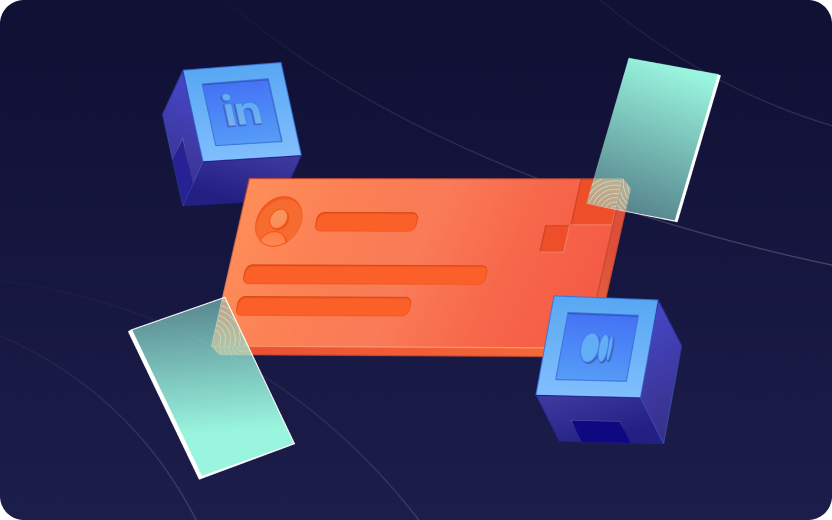
The Real Factors That Affect SaaS Website Costs
Before you start writing checks or googling "how to build a SaaS website for free," let's break down the real cost drivers. From design choices to development needs, each decision you make impacts the final bill.
Custom vs Template: Do You Want a Unique Suit or Off-the-Rack?
Not all websites are built the same. Some SaaS companies can get away with a simple template, while others need a fully custom experience. The difference? Cost, flexibility, and how professional your business looks.
- Template-Based Website ($2,000 – $10,000): If you’re a bootstrapped startup, website builders like Webflow, WordPress, or Wix might seem like a dream come true. These platforms let you build a website quickly, but they often lack the customization and scalability that SaaS businesses need.
- Custom-Designed Website ($15,000 – $50,000+): If you want a website that matches your brand, scales with your product, and doesn’t scream “I made this in a weekend,” then custom design is the way to go. It’s pricier, but the results are worth it.
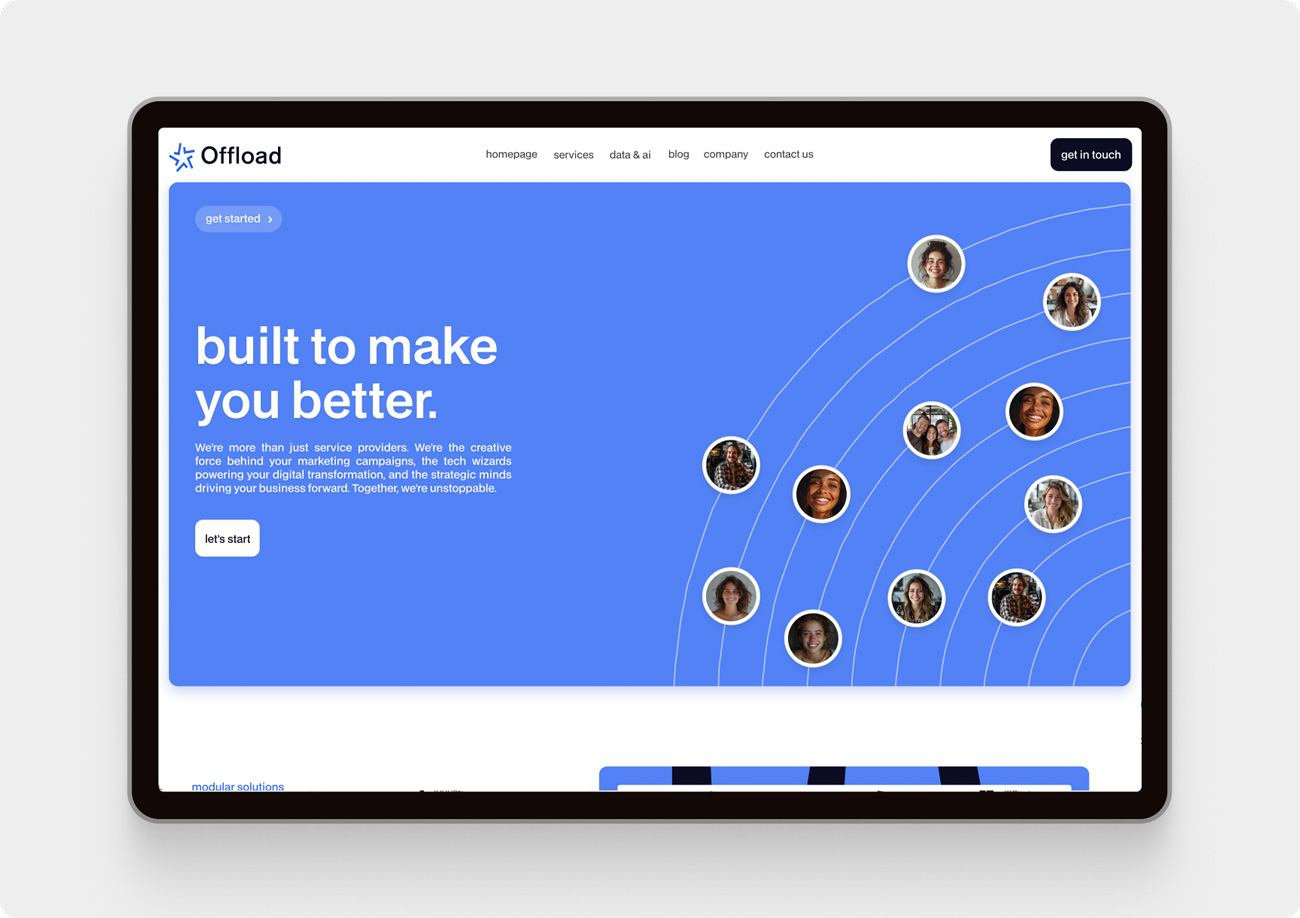
DIY vs Hiring a Pro: How Much Is Your Time Worth?
You can build your website yourself, but should you? Here’s what each option costs—not just in money, but in time and frustration.
- DIY Approach ($500 – $5,000): Sure, you can build a website yourself. But unless you’re a UX/UI designer and a front-end developer rolled into one, expect clunky layouts and frustrated users.
- Freelancers ($5,000 – $20,000): If you hire a freelancer, you’ll get more customization, but managing multiple specialists (designer, developer, SEO expert) can feel like herding cats.
- Agency ($20,000 – $100,000+): An agency handles everything—design, development, SEO, performance optimization. Pricey? Yes. Worth it? Also yes, if you want a high-performing SaaS website without playing project manager 24/7.
Design & UX: Because No One Trusts an Ugly Website
A SaaS website isn't just a digital business card; it's the first impression, the handshake, and sometimes the deciding factor between conversion and bounce. Good design isn't a luxury—it's a necessity.
- Basic Design ($1,000 – $3,000): A simple, clean layout with minimal customization.
- Advanced UX/UI Design ($3,000 – $6,000): Think custom graphics, interactive elements, A/B tested layouts—everything optimized for conversion.
- Premium & Custom Animations ($10,000+): If you want that slick, polished feel that SaaS giants have, be ready to invest.
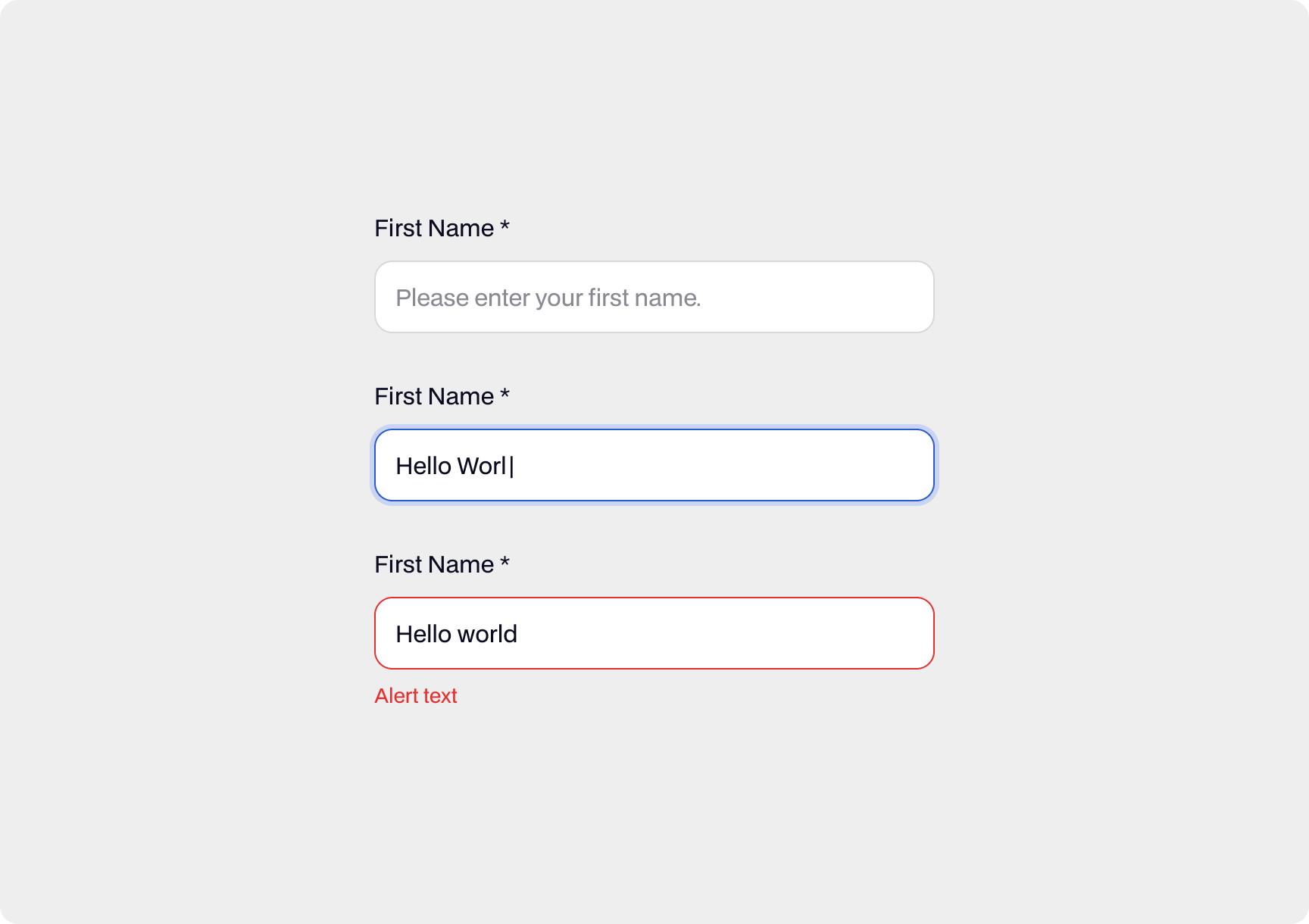
Development: The Part You Can’t Fake
A great design is useless if the code behind it doesn’t work. Here’s what development really costs, and why cutting corners here is a bad idea.
- Front-End Development ($3,000 – $5,000): This is how your site looks and feels to users.
- CMS Implementation ($3,000 – $5,000+): If your SaaS site includes custom dashboards, user logins, and API integrations, be prepared for higher costs.
- Performance Optimization ($1.500+): Because slow websites kill conversions faster than you can say “why is this taking so long?”
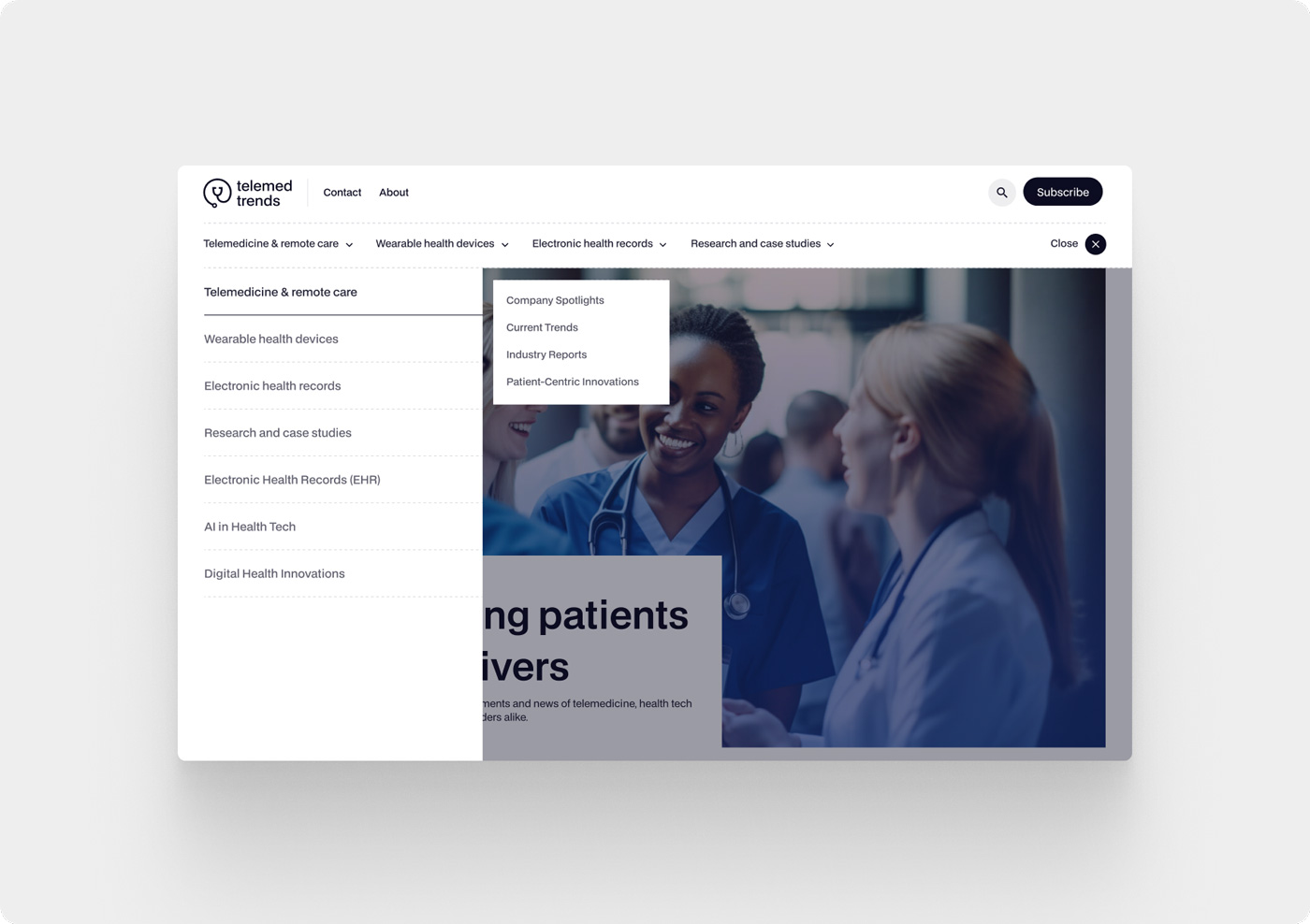
SEO & Content: What’s the Point of a Website No One Finds?
You can have the best SaaS product in the world, but if no one finds your website, it’s like opening a store in the middle of a desert. SEO and content marketing help drive organic traffic and convert visitors.
- Basic SEO Setup ($2,000 – $5,000): Optimizing pages, adding keywords, and making Google happy.
- Content Writing ($500 – $5,000 per month): Blogs, landing pages, and other content to attract organic traffic.
- Ongoing SEO & Growth Strategy ($5,000 – $15,000 per month): For long-term success, not just a one-time launch.
So, What’s the Final Cost? (Aka, Just Give Me the Numbers!)
To save you from scrolling back up, here’s a quick cost breakdown:
DIY Website: $500 – $5,000
Template-Based Website: $2,000 – $10,000
Freelancer-Built Website: $5,000 – $15,000
Custom Agency Website: $5,000 – $20,000
Pro Tip: If your SaaS startup is serious about scaling, expect to invest at least $10,000 – $15,000 in a website that attracts, engages, and converts users.
Conclusion: Invest Smart, Not Cheap
A great SaaS website isn’t just about looking good—it’s about working hard for your business. If your site doesn’t engage users, load fast, or guide visitors toward conversion, it’s just a pretty piece of the internet.
So, should you cut corners or invest in quality? If you’re aiming for long-term success, the answer is clear: build something great from the start. After all, your website isn’t an expense—it’s an asset that pays for itself over time.

